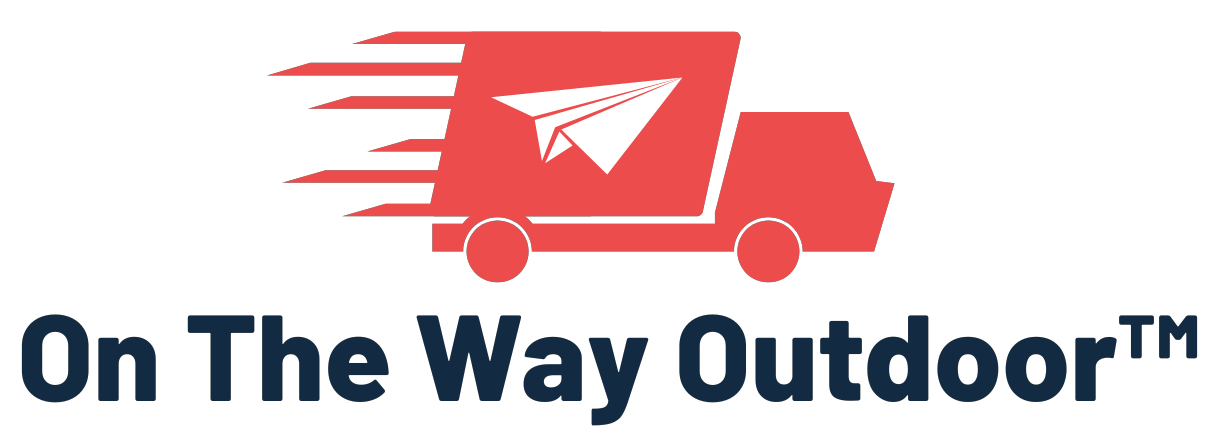
Chainsaw bars and chains need regular maintenance. For instance, turning the bar over daily can promote even wearing. Additionally, using bar and chain oil can prevent premature wearing. If the chain is run without proper oil, or the tension is too tight over long periods, the extra friction will lead to early wear to the bottom part of the cutter teeth. At some point though, a chainsaw’s chain and bar are too worn out and need to be replaced. A good sign that it is time to replace your chainsaw chain is when the wear markers have been met. Another sign to look out for is if there are damaged or missing cutter teeth. Also, if there is rail wear or damage to the guide bar, it is time to be replaced.
We offer a variety of bar and chain combos, replacement bars, and replacement chains to meet your replacement needs. You can also find premium bar and chain oil sold individually or in packs on our store's site. 
Removing and replacing the bar and chain on a chainsaw is an important procedure to know if you own a chainsaw or if you work with one often. Since chainsaws have basically the same design, the replacement of the bar and chain is intended to be straightforward. Nonetheless, there is a correct way to do it- implementing a few simple tips will help you achieve this task with confidence.

It's important to work safely while cleaning the saw or removing and replacing the bar and chain. Wear proper protective clothing and glasses. To prevent accidental startup, don’t forget to remove the spark plug boot and wire.

If you are considering replacing the existing bar with a longer one, check the manufacturer’s specifications first to make sure the chainsaw can handle the longer bar. A benefit of a longer bar is that it increases the functionality of the saw. However, a longer bar also makes the engine work harder which can burn the motor out if the saw does not have enough power for it.
Before you begin removing the bar, disengage the brake (see diagram above) so the chain can turn. You will need to unscrew the nuts and remove the sprocket cover with the multipurpose tool your saw came with or a socket wrench. The bar will slip off the mounting bolts once you do this. Once the bar is removed, you can clean the lubrication port with a small piece of wire. Remove sawdust from the sprocket and bar with a rag.

It is important that you do not replace a safety chain with any other type of chain- always replace the chain with a chain of the same type and length. Also, the chain will be easier to take off the bar and sprocket if you release the chain tension. To do this you will need to turn the tensioning screw counterclockwise with the multipurpose tool or a flat-head screwdriver.

First, set the bar on the mounting bolts and position the hole in the bar over the tensioning pin. Next, thread your new or recently sharpened chainsaw chain around the clutch drum- make sure the drive links engage in the sprocket. After, thread the rest of the drive links into the guide bar and round its nose. Lastly, support the nose with one hand while you replace the cover and tighten the nuts.
Tighten the Chain’s Tension
Once the bar and chain are mounted, the chain’s tension can be adjusted by turning the tensioning screw clockwise. Continue to support the bar with one hand. You may be able to access the screw through the sprocket cover or it may be on the other side of the guide bar (next to the engine housing). The chain should not sag and will stay in contact with the bar when you lift it from the top. Once the tension is properly adjusted, the final step is to tighten the mounting nuts with a socket wrench or the multipurpose tool.
Visit our chainsaw replacement parts page to find a matching replacement chain and/or bar for your saw. We are here to provide the quality parts and information you need to get the most out of your power equipment.


Comments (0)
There are no comments for this article. Be the first one to leave a message!